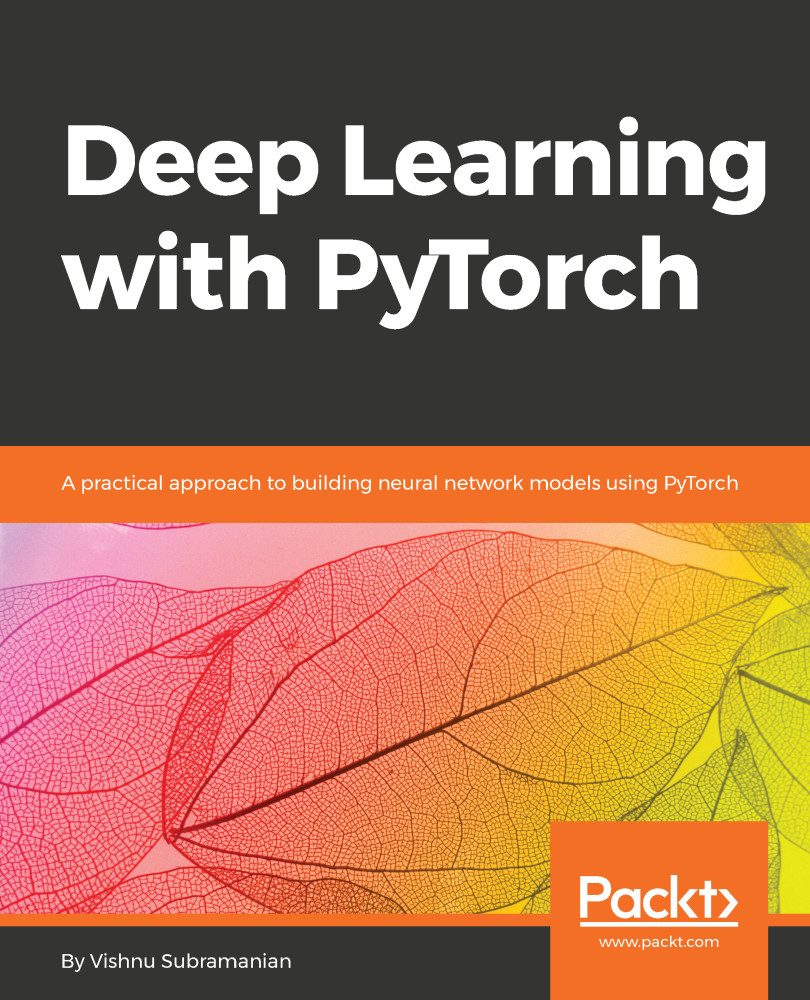PyTorch is grabbing the attention of data science professionals and deep learning practitioners due to its flexibility and ease of use. This book introduces the fundamental building blocks of deep learning and PyTorch. It demonstrates how to solve real-world problems using a practical approach. You will also learn some of the modern architectures and techniques that are used to crack some cutting-edge research problems.
This book provides the intuition behind various state-of-the-art deep learning architectures, such as ResNet, DenseNet, Inception, and Seq2Seq, without diving deep into the math. It also shows how to do transfer learning, how to speed up transfer learning using pre-computed features, and how to do text classification using embeddings, pretrained embeddings, LSTM, and one-dimensional convolutions.
By the end of the book, you will be a proficient deep learning practitioner who will be able to solve some business problems using the different techniques learned here.


